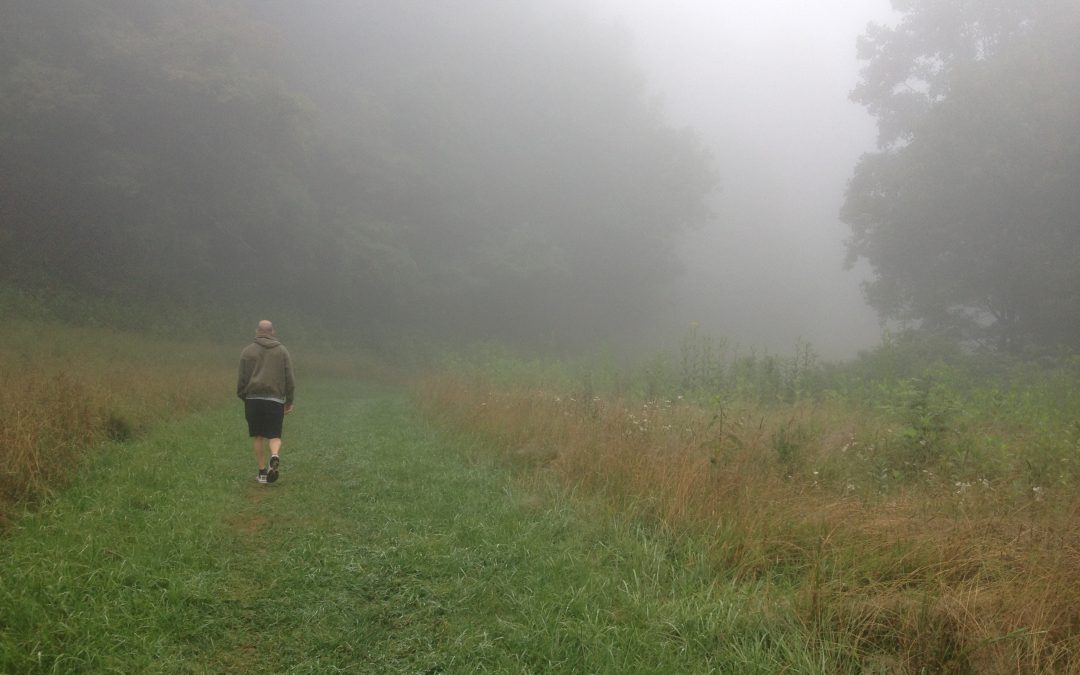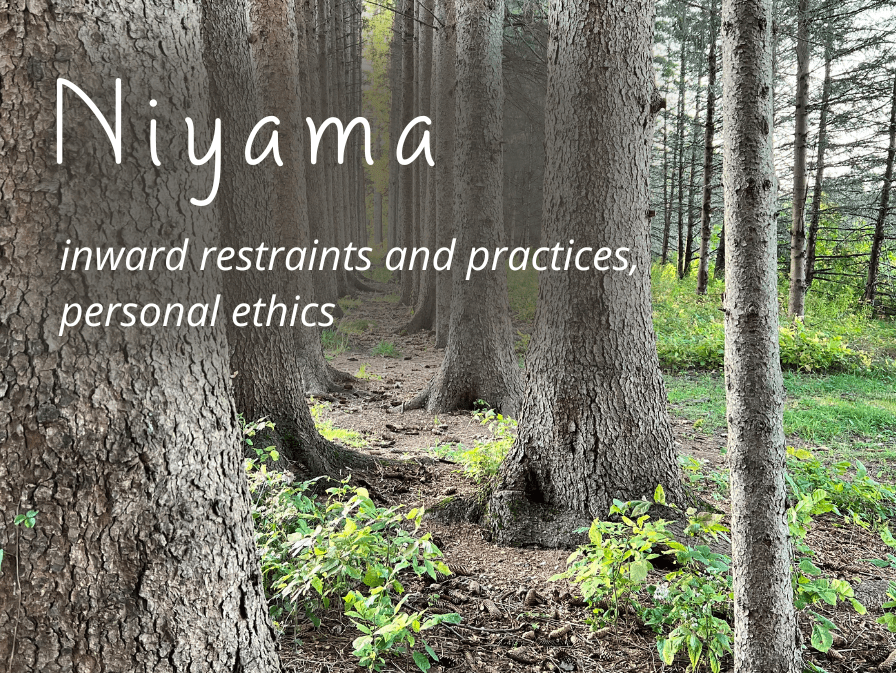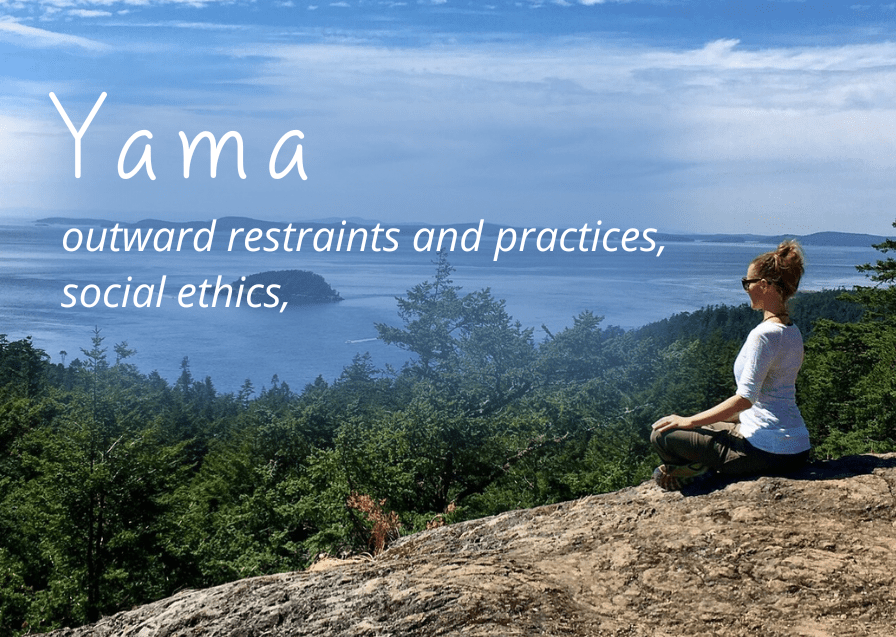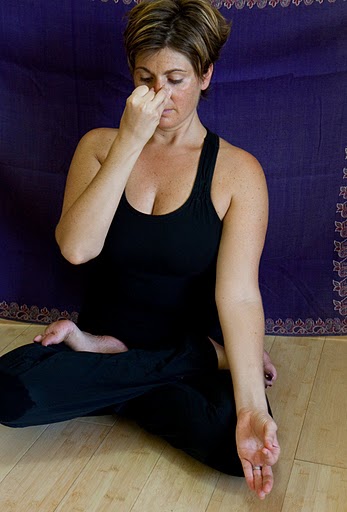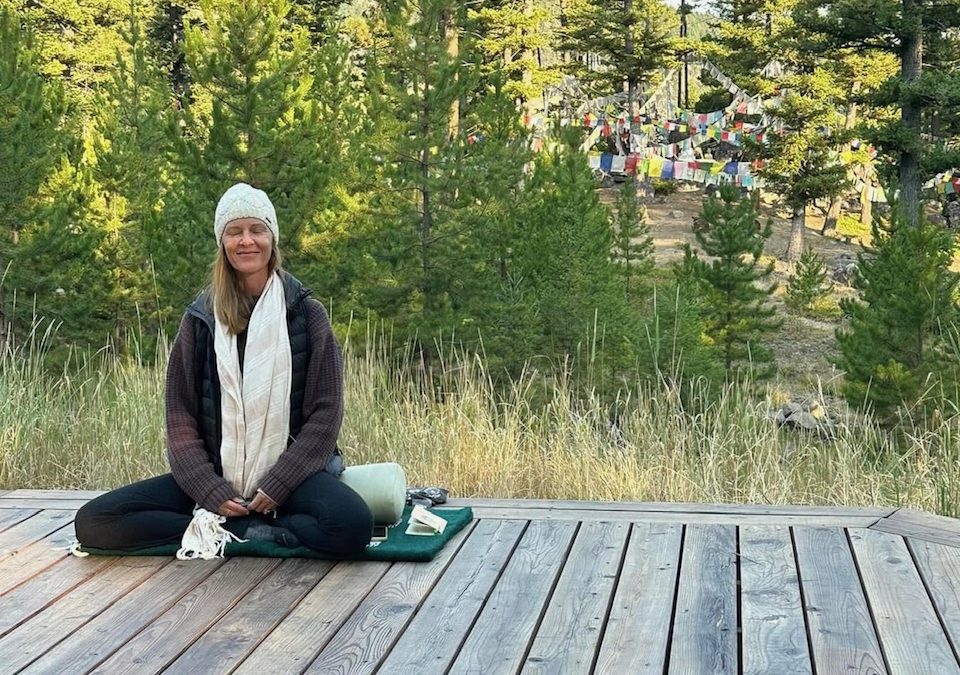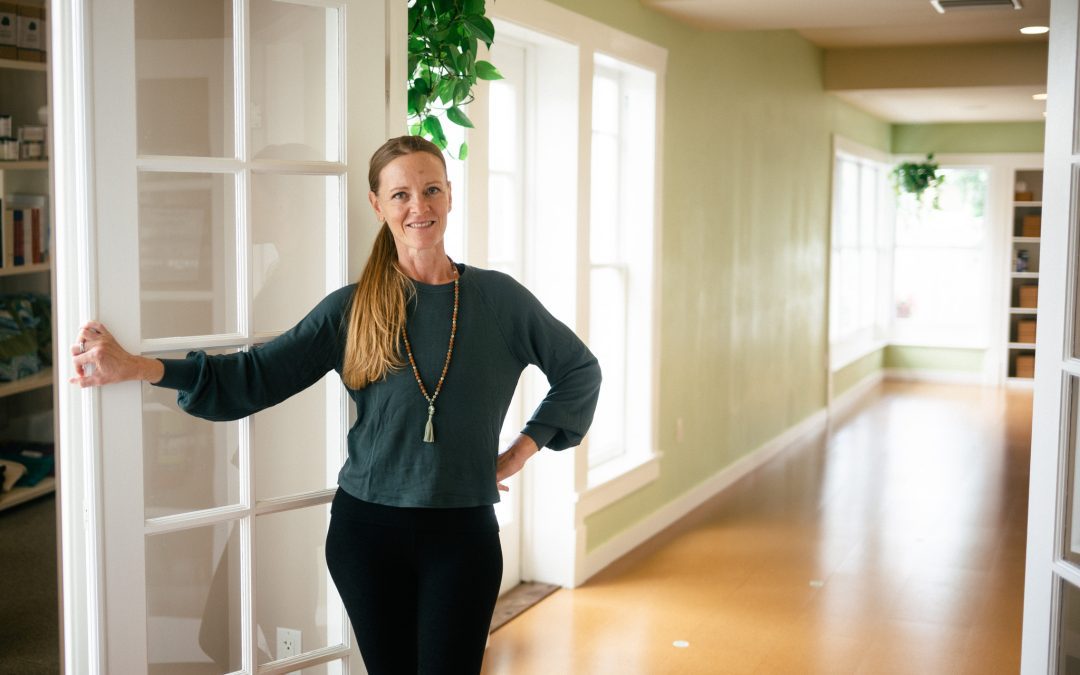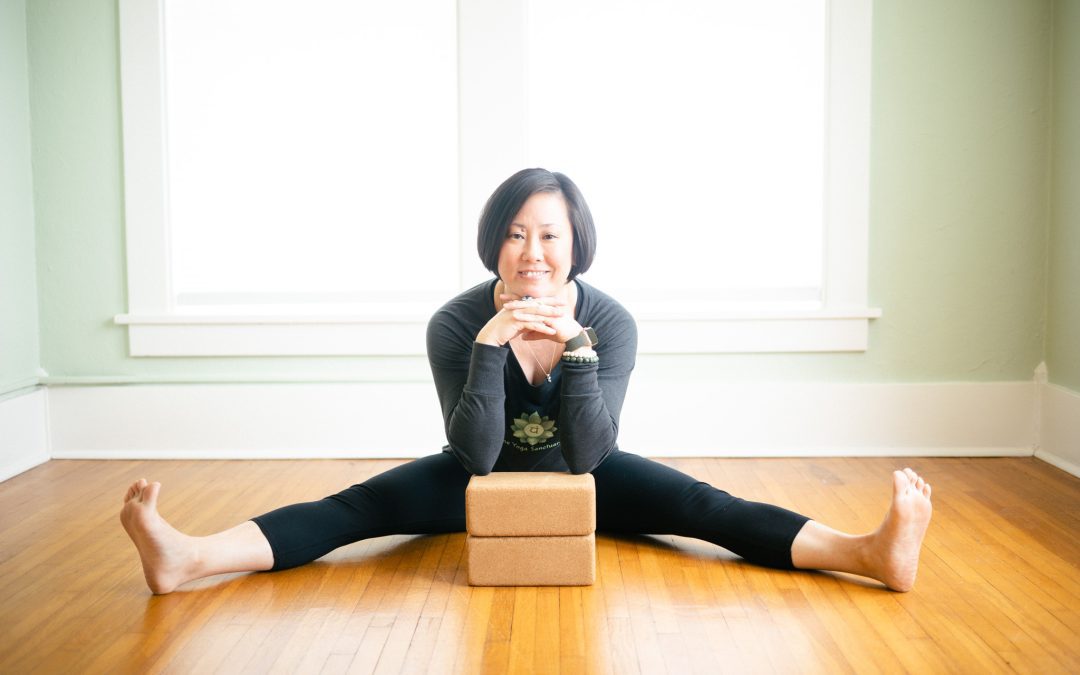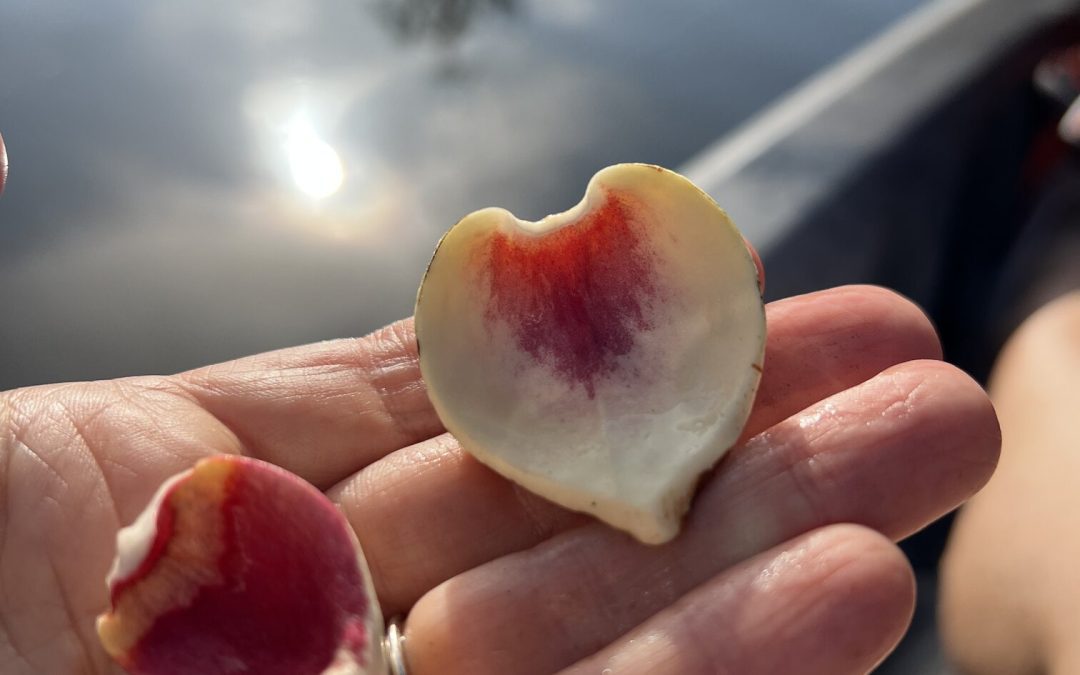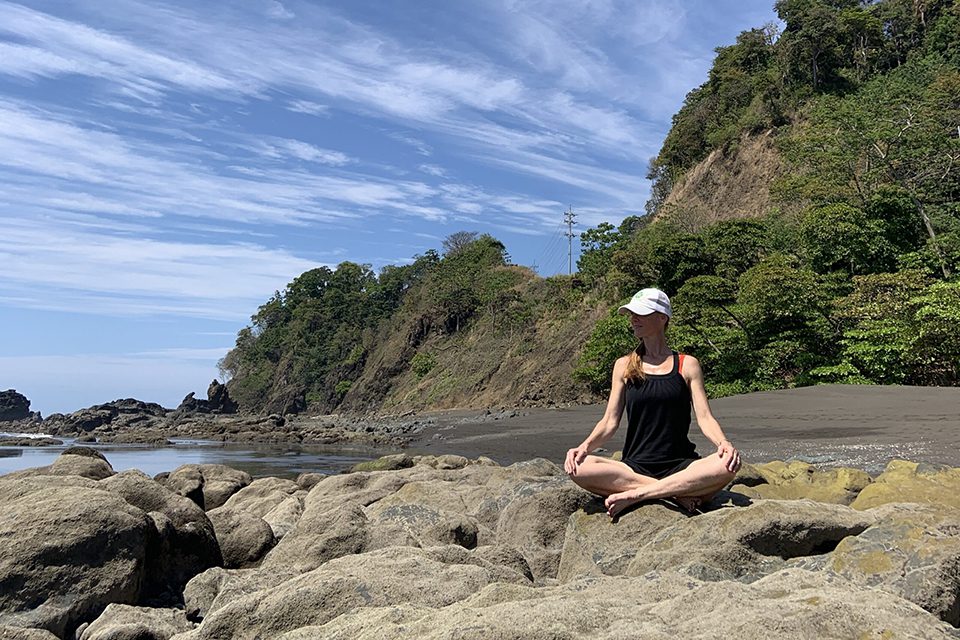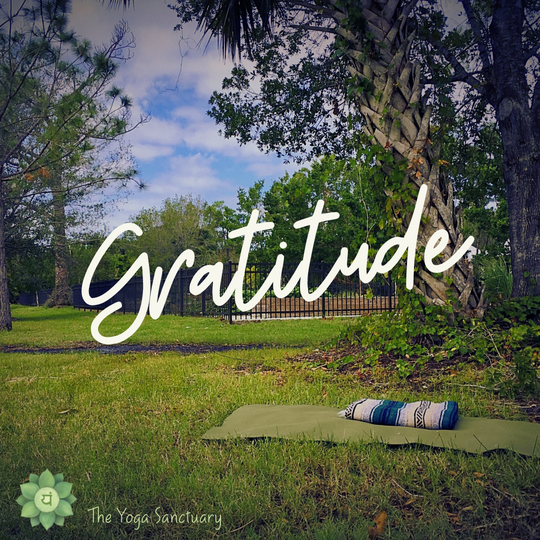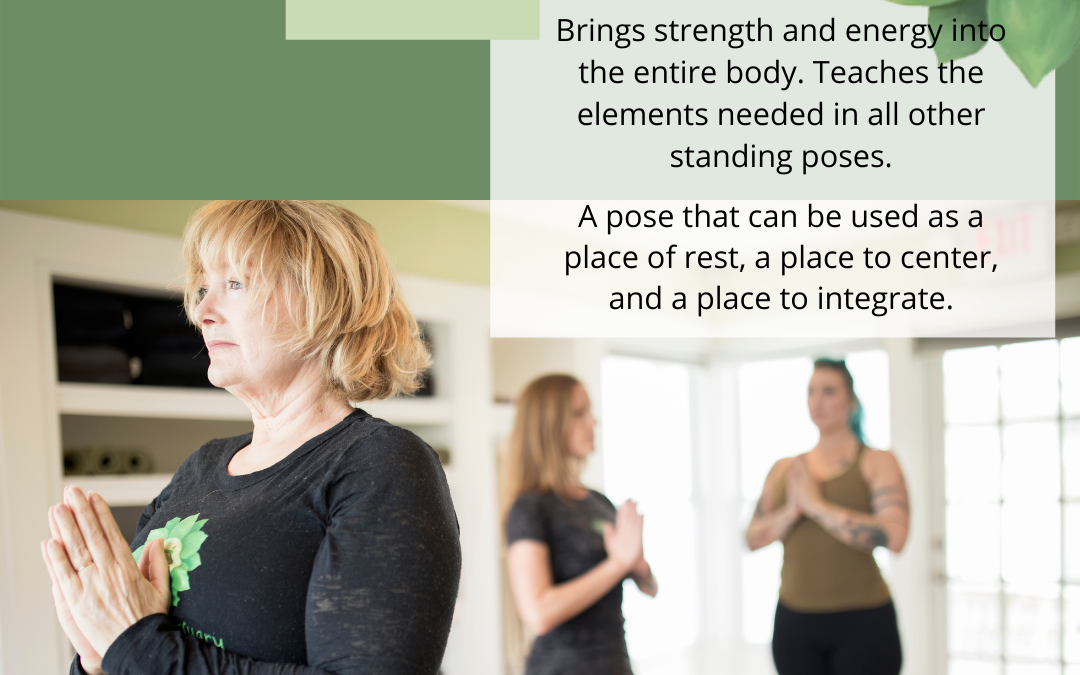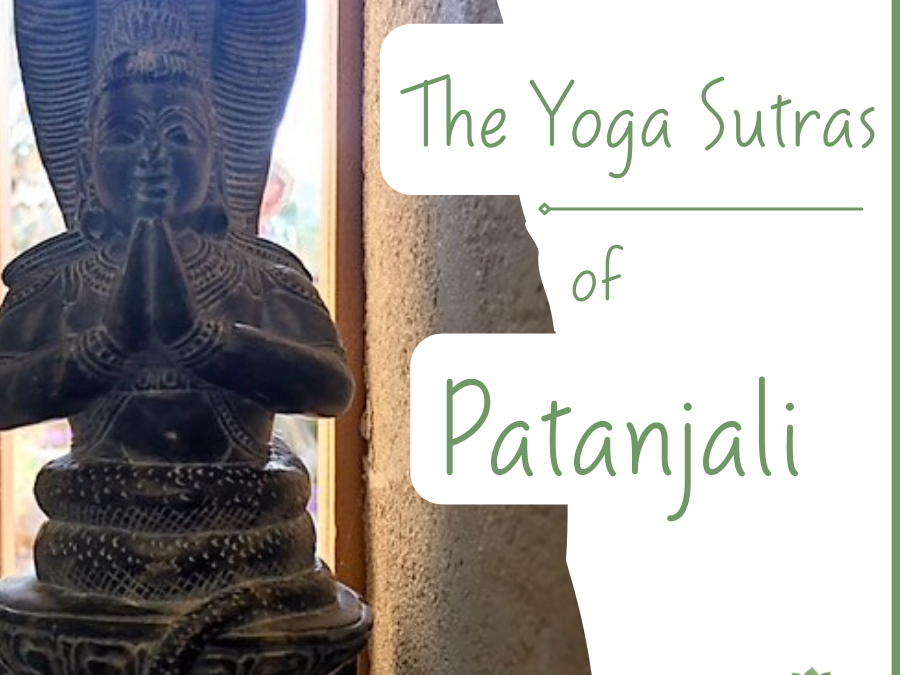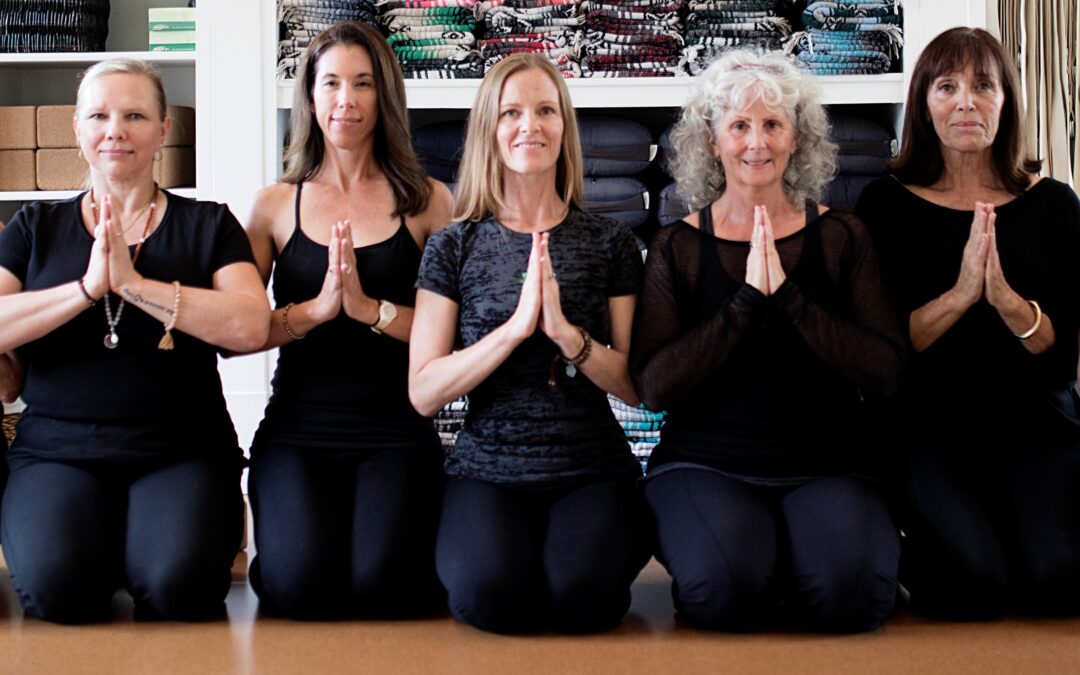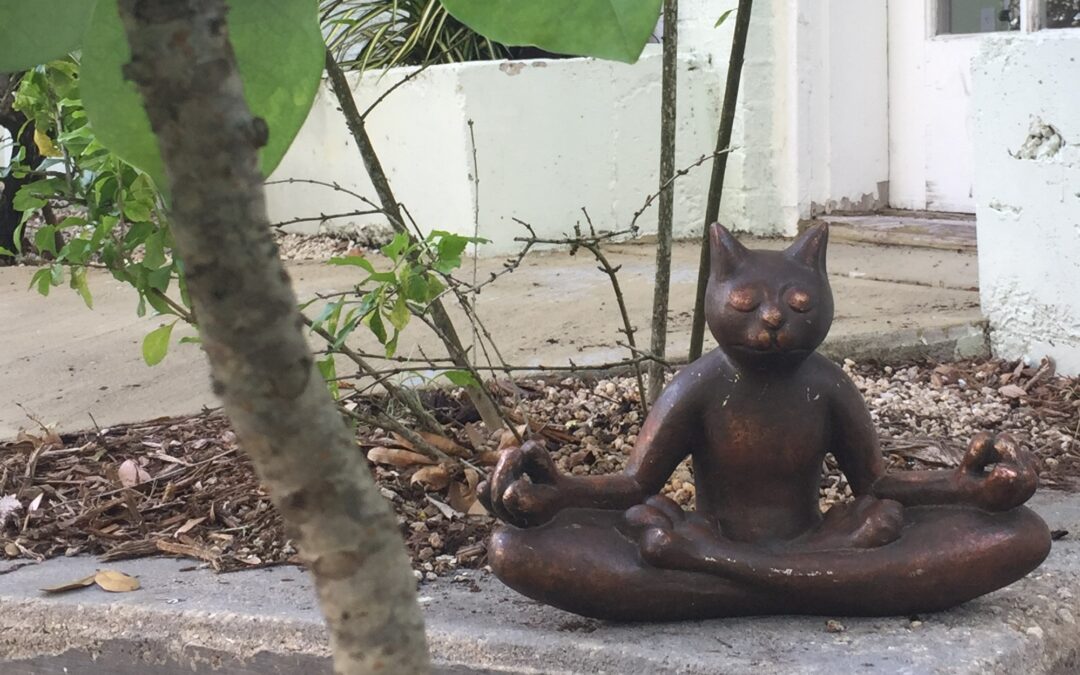Those of us who are or have been caregivers for long periods of time often put our own lives on hold. We may quit jobs or reduce our hours at work. We may move residences to be closer to the person under our care. We may make financial and emotional sacrifices that interfere with our own plans or relationships. Our daily routines now center on the needs of the person who depends on us most. Ideally, these individuals attain better health and no longer need intensive care as they regain independence. However, those who have a terminal illness may continue to decline, and their caregiving needs intensify over time.
We then live through the pain of watching our loved one diminish as we dread—perhaps fear—their looming end of life. We may begin to grieve their loss even before it occurs. And finally, we witness or in other ways experience our loved one’s death.
The next day, we wake to a completely altered world and a new reality. My loved one is gone. Now what?

